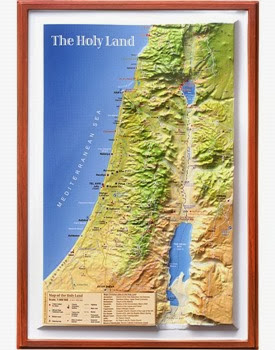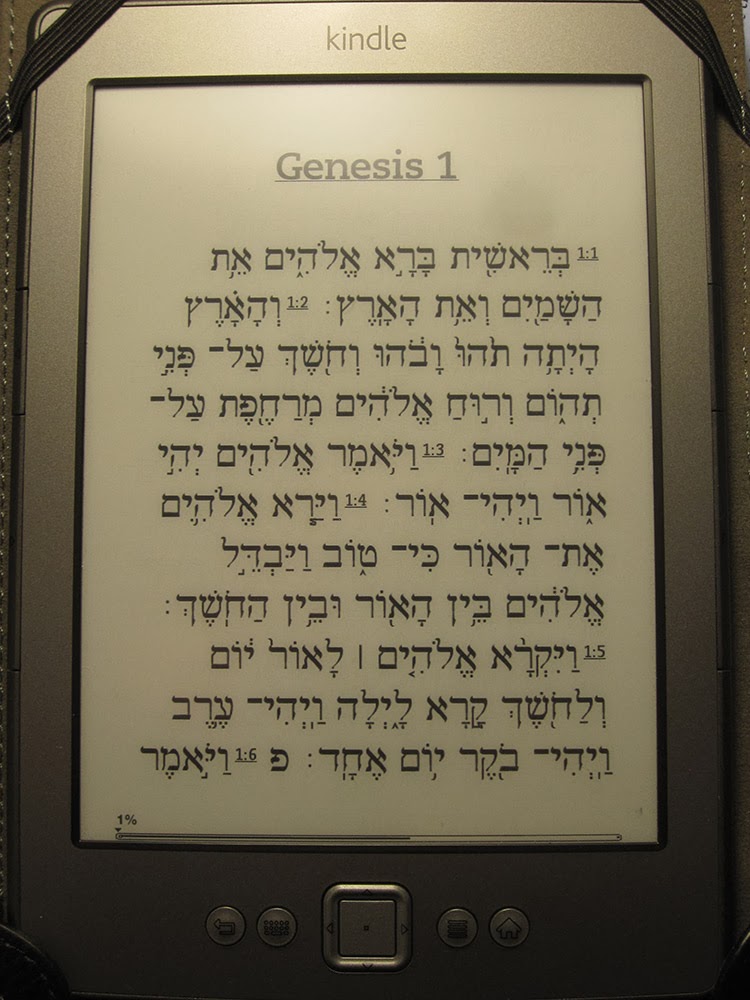Next week I’ll end my streak of 20 years of avoiding the hotels of the Sea of Galilee’s most popular tourist city. I will miss, apparently, the Tiberium Light Show that once displayed three times each evening on the promenade along the Sea of Galilee. In the words of one website, “the Tiberium Light
Show mixes two giant screens, dozens of skittering water fountains, artistic laser lights, music and pyrotechnics to create a dazzling display of water and light.”
Four free shows presented Galilee-themed subjects:
“1. My Sea of Galilee- An Israeli show that describes the development of the Sea of Galilee, the settlement around it till this day.
2. An artistic presentation- An experience of sound, color and rhythm. The show is young and dynamic, with different communal aromas.
3. Past grows the Future- Integrates a huge project of the Municipality of Tiberias that participates the young generation in conserving tradition.
4. Classical show- Classical music creations with international artistic creations.” (Source: Go Galilee).
But the show’s demise is the cause of rejoicing among some of Tiberias’s residents. According to an article in Merkaz HaInyanim Zafon that was reported in the Caspari Center Media Review, the mention of Jesus walking on the water was not welcome.
The attraction caused an uproar within the religious community since it included a portrayal of “that man” walking on the water. Furthermore, the paper claims that the event was a gathering place for missionaries. The rabbis of Tiberias forbade the religious public from attending the event and asked the municipality to remove the Christian content. But when the municipality refused to do so, the hand of God seemed to take over, and the fountain began to sink into the sea. The municipality tried to save the display, but then the motor “mysteriously” disappeared as well. “It turns out,” writes Avi Yehudai, “that ‘that man’ wasn’t the only one to walk on water, as the Christians claim, but there are others who walked on the water without being noticed, and they didn’t sink, even though the precious motor was in their hands.”
Conflicts between the secular (who pursue money, and therefore tourism) and the religious (who prioritize purity) are part and parcel of Israel’s society, and vandalism by the religious community is not uncommon. In this case, an attraction that has been compared to the Fountains of Bellagio in Las Vegas and the Magic Fountain of Montjuïc in Barcelona has been lost.
Two videos capture some of the sound and light show: a 2.5-minute clip and a more impressive 12-minute version below.


